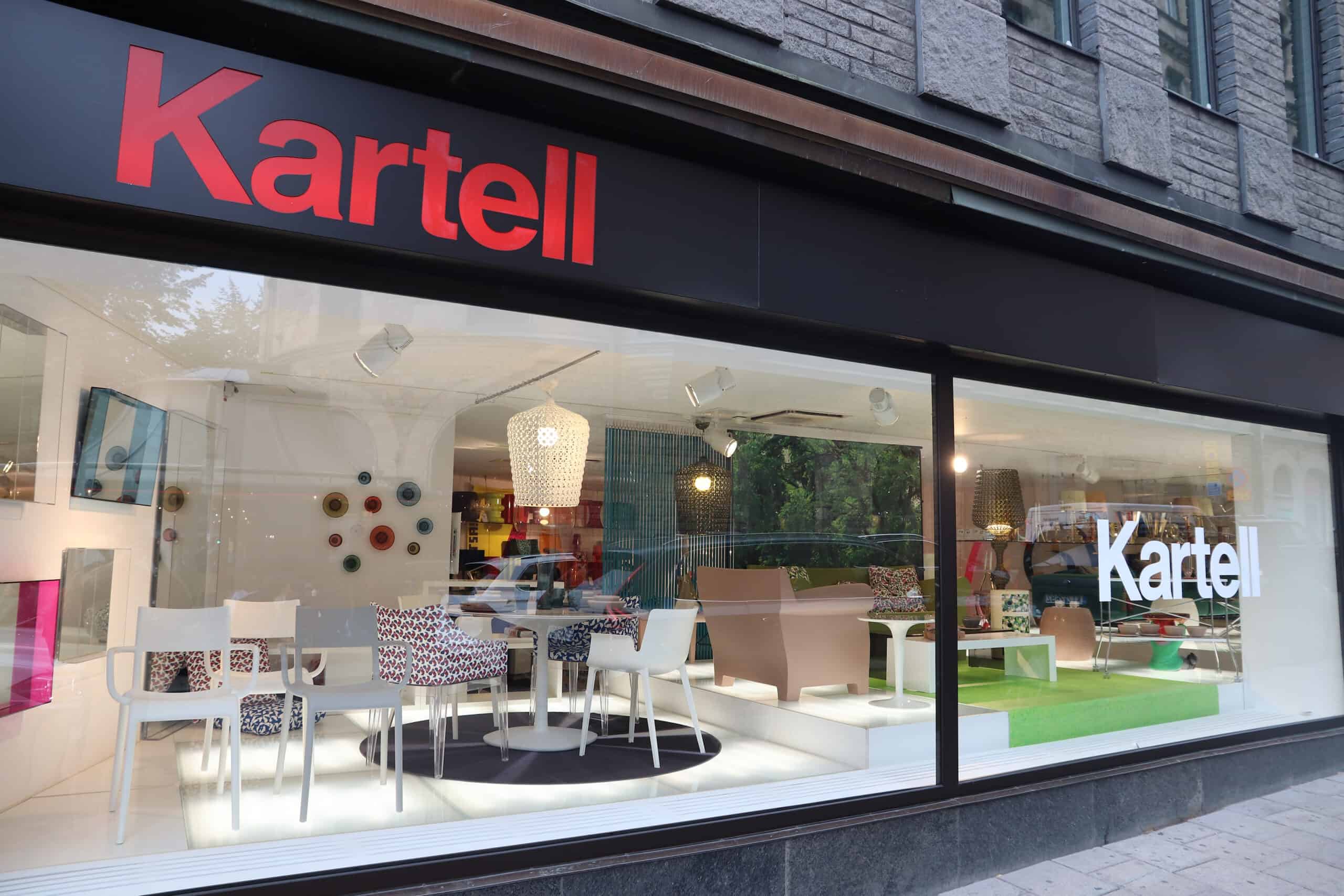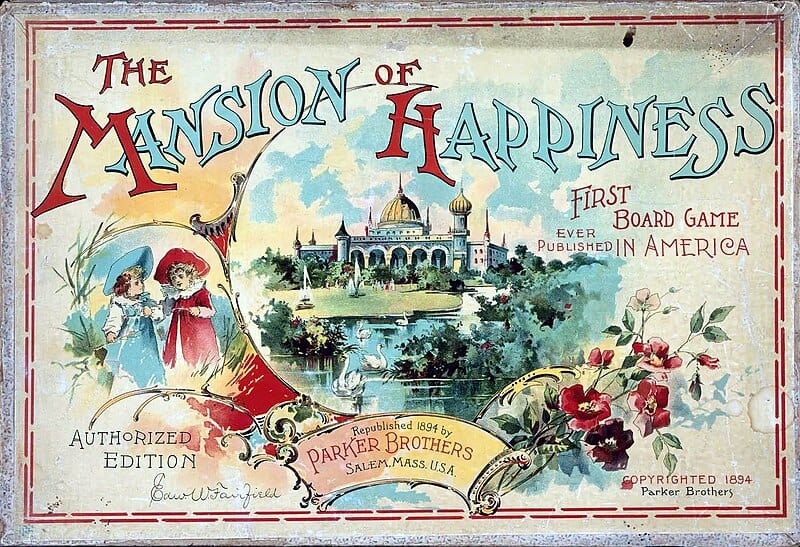Leica M3 (1954-1966)
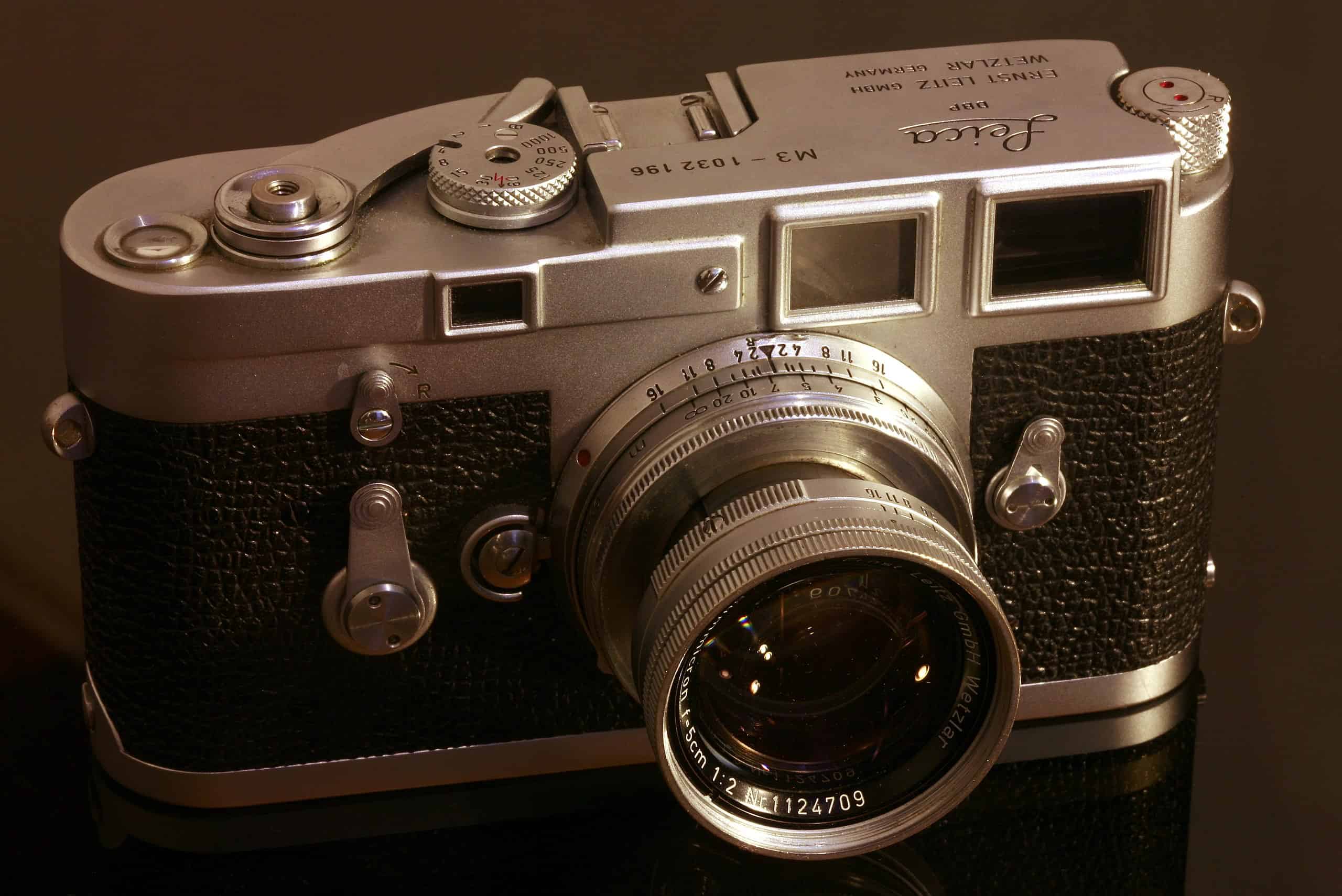
The Leica M3 is a masterpiece of engineering and design, often considered the pinnacle of rangefinder cameras. Released in 1954, it set the standard for 35mm photography with its intuitive controls and exceptional build quality. Known for its precise mechanics and stunning image quality, the M3 remains a favorite among collectors. The camera’s classic design and historical significance make it highly sought after, with pristine models fetching up to $3,000. Its legacy continues to influence modern camera designs, solidifying its place in photographic history.
Rolleiflex 2.8F (1960)
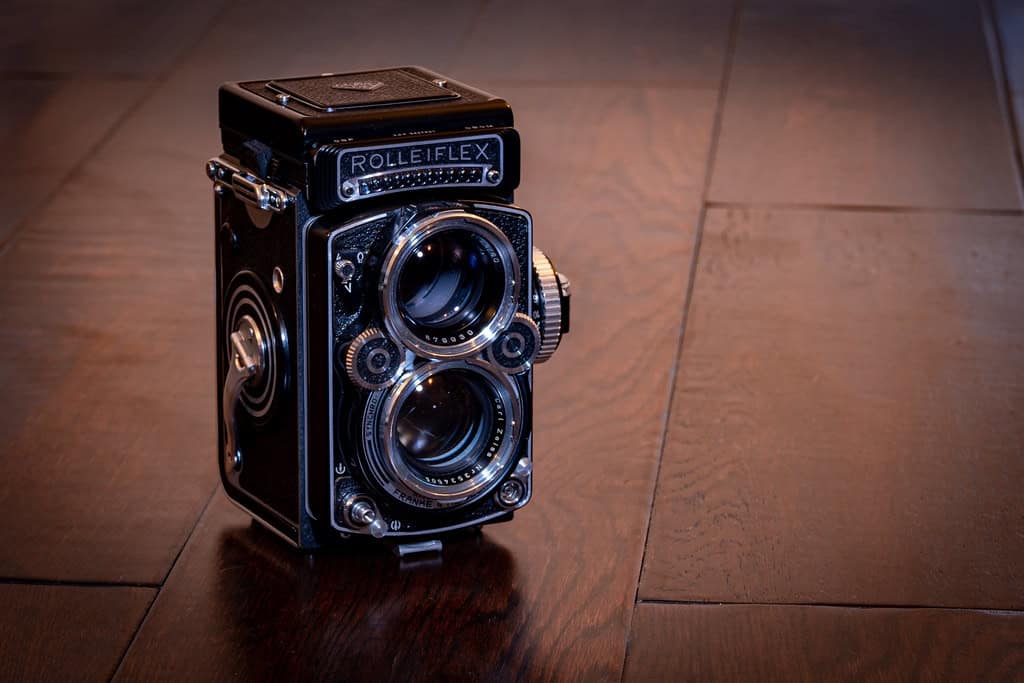
The Rolleiflex 2.8F is revered for its exceptional optics and reliable performance. Introduced in 1960, this twin-lens reflex camera quickly became a favorite among professional photographers. Its Carl Zeiss lens produces sharp and vibrant images, making it ideal for portrait and landscape photography. Collectors appreciate the 2.8F for its durability and timeless design, with well-preserved models valued around $2,500. The Rolleiflex 2.8F’s enduring appeal ensures its status as a cornerstone of vintage camera collections.
Hasselblad 500C/M (1970s)
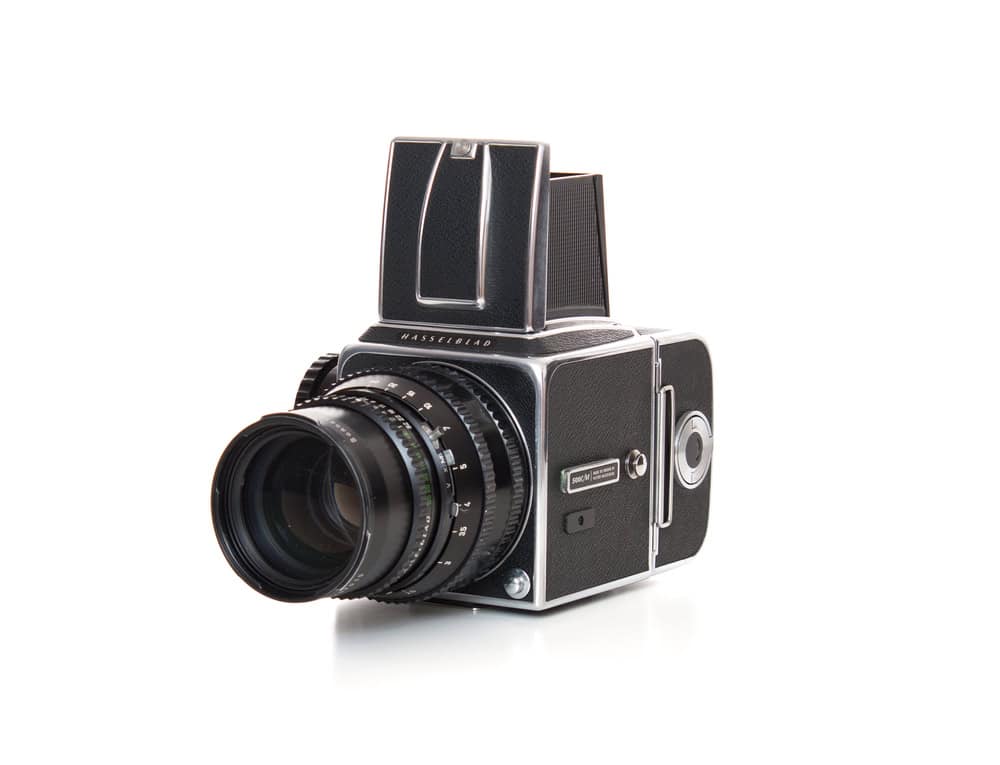
The Hasselblad 500C/M is synonymous with medium-format excellence and has been a staple in professional photography since its introduction in the 1970s. Known for its modular design and superior image quality, the 500C/M offers unparalleled versatility. Its robust construction and interchangeable components make it a reliable choice for demanding photographers. Collectors prize this model for its historical significance and exceptional performance, with prices ranging from $1,500 to $3,000 depending on condition. The 500C/M’s association with iconic images, including those from space missions, adds to its mystique.
Nikon F (1959)
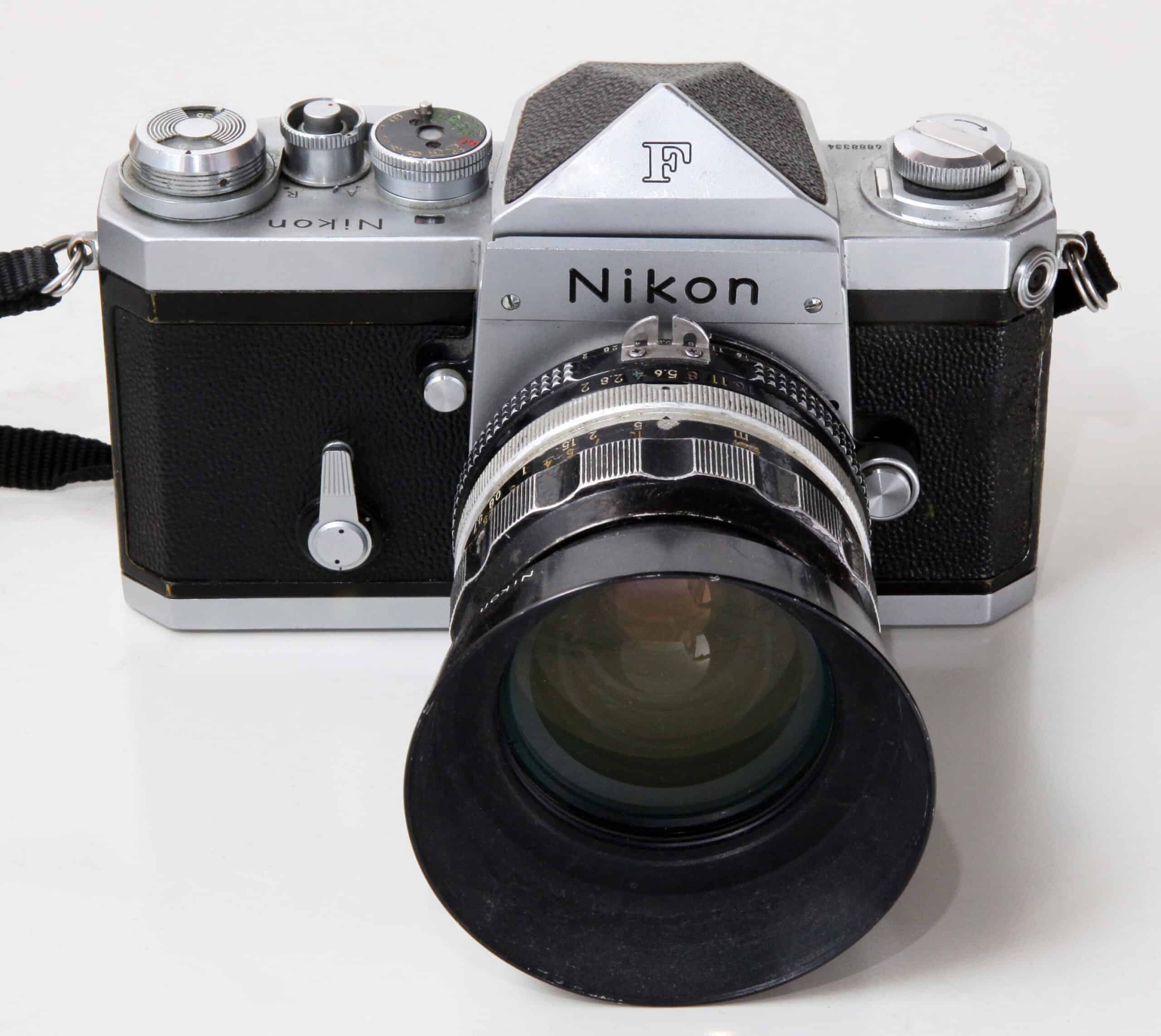
The Nikon F revolutionized 35mm SLR photography when it debuted in 1959, setting new standards for professional cameras. Its robust build and interchangeable lenses made it a favorite among photojournalists and professionals. The Nikon F’s durability and reliable performance under extreme conditions contributed to its widespread use in various fields. Vintage enthusiasts value this camera for its pioneering design and historical importance, with prices typically between $500 and $1,500. The Nikon F’s impact on photography is still evident today, cementing its legacy.
Canon AE-1 (1976)
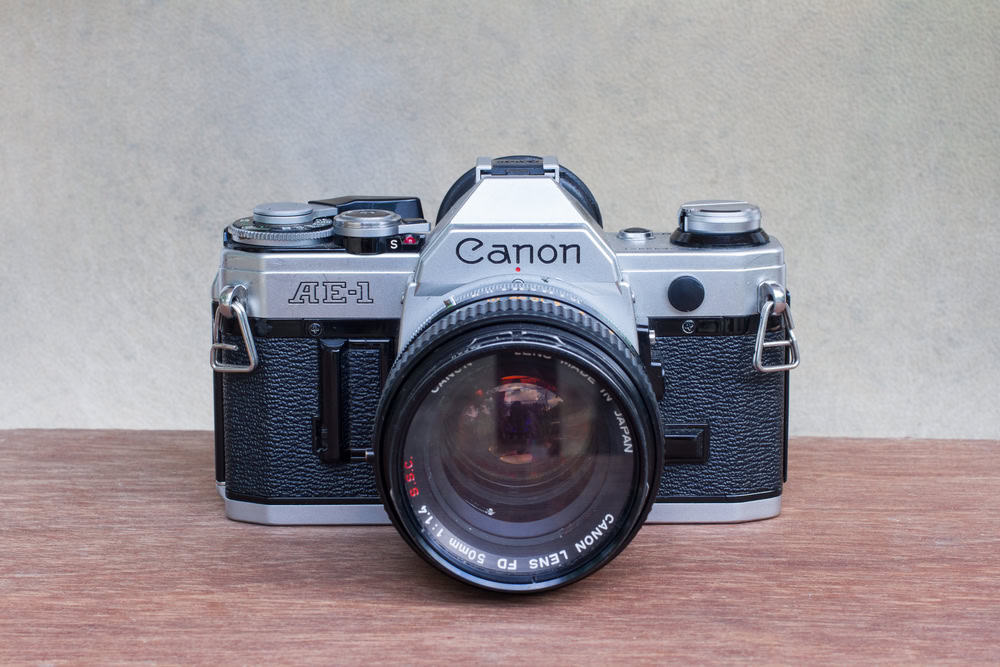
The Canon AE-1, introduced in 1976, was a groundbreaking camera that brought advanced features to the consumer market. It was the first SLR to incorporate a microprocessor, making it user-friendly and accessible to amateur photographers. The AE-1’s ease of use and affordability made it immensely popular, with millions sold worldwide. Today, collectors and enthusiasts cherish this camera for its nostalgic value and technological significance, with prices ranging from $200 to $500. The AE-1 remains a beloved icon in the history of photography.
Pentax K1000 (1976-1997)
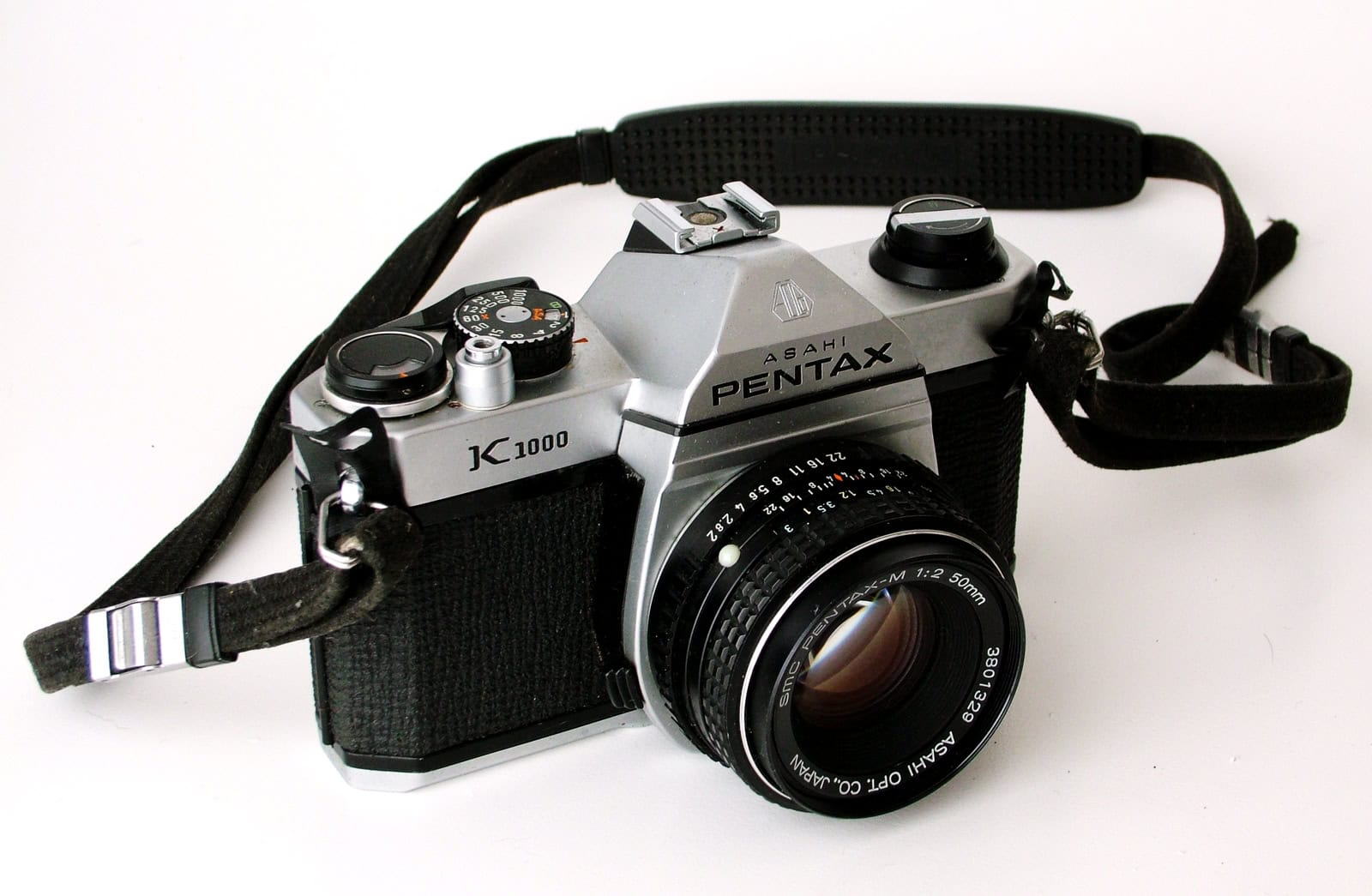
The Pentax K1000 is celebrated for its simplicity and durability, making it an ideal choice for beginners and students. Produced from 1976 to 1997, this fully manual SLR camera is known for its straightforward operation and reliable performance. Its robust construction ensures longevity, and many K1000s are still in use today. Collectors appreciate the K1000 for its educational value and nostalgic appeal, with prices typically between $150 and $300. The camera’s lasting popularity is a testament to its enduring design and functionality.
Contax RTS (1975)

The Contax RTS, released in 1975, was a collaboration between Yashica and Porsche Design, resulting in a sleek and sophisticated SLR camera. Known for its ergonomic design and advanced features, the RTS catered to professional photographers seeking precision and style. Its high-quality lenses and reliable performance made it a standout choice. Collectors value the RTS for its unique design and historical significance, with prices ranging from $400 to $1,000. The Contax RTS remains a symbol of innovation and elegance in vintage photography.
Polaroid SX-70 (1972)
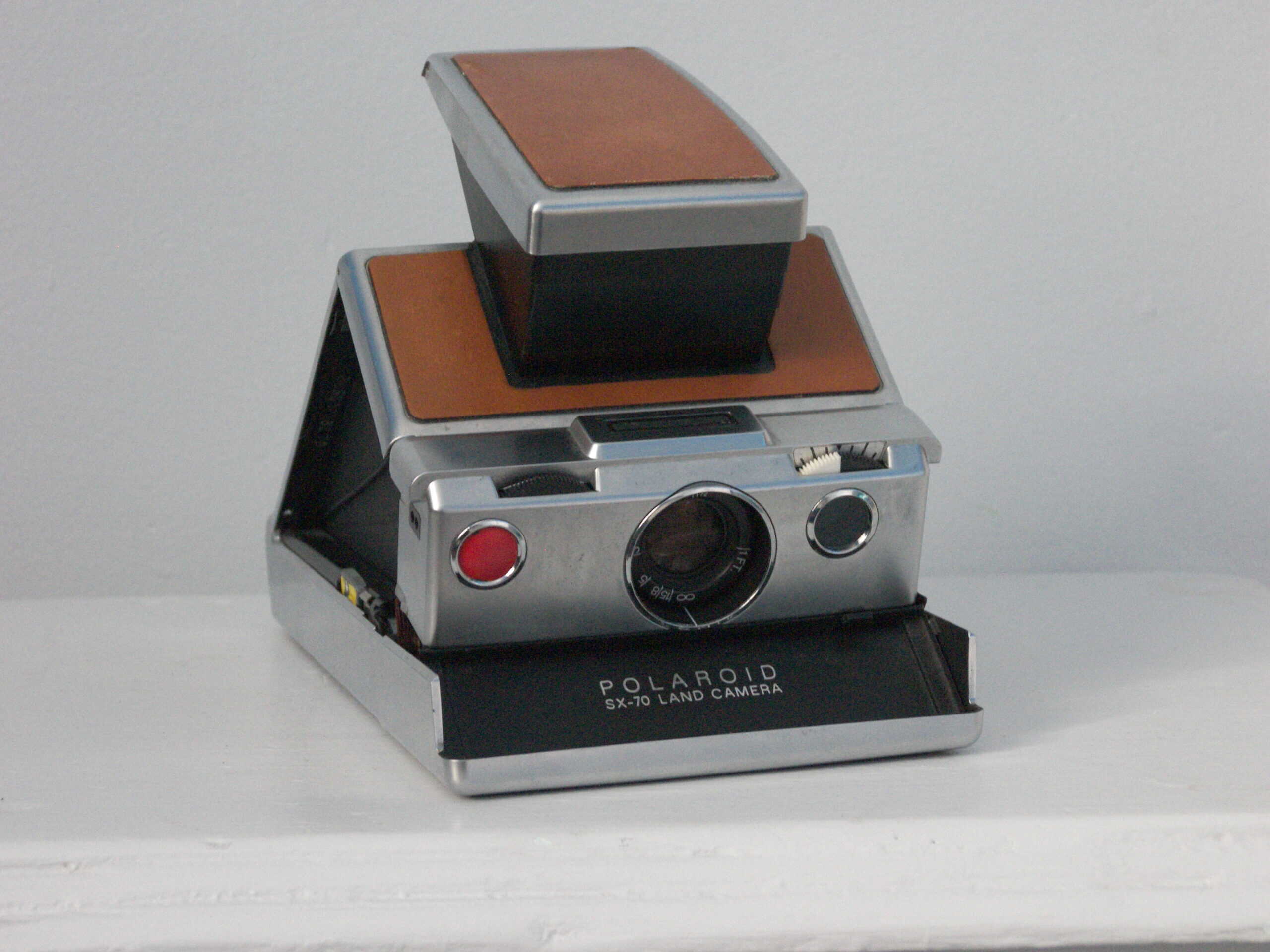
The Polaroid SX-70 is a landmark in instant photography, known for its revolutionary folding design and instant film technology. Introduced in 1972, it offered photographers the ability to see their images within minutes, a novelty at the time. The SX-70’s sleek design and innovative features made it a favorite among artists and enthusiasts. Today, well-maintained models can fetch between $300 and $600, reflecting its iconic status. The SX-70’s influence on instant photography is still felt, making it a cherished collectible.
Olympus OM-1 (1972)
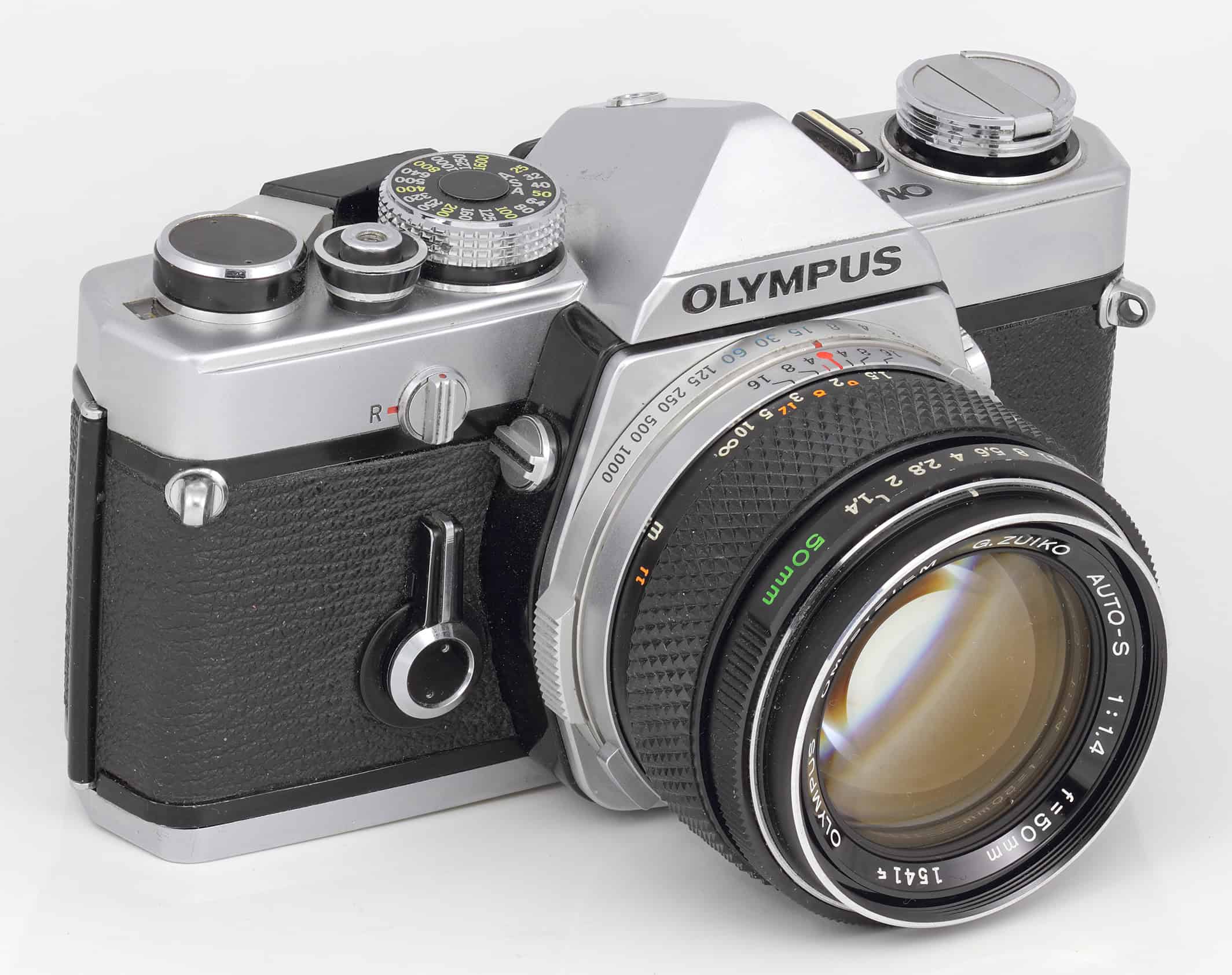
The Olympus OM-1, introduced in 1972, was a game-changer in the world of SLR cameras with its compact and lightweight design. Known for its reliability and precision, the OM-1 quickly gained popularity among professional and amateur photographers alike. Its innovative features and durable build make it a sought-after vintage camera today. Collectors and enthusiasts value the OM-1 for its pioneering design and usability, with prices ranging from $200 to $400. The OM-1’s enduring legacy continues to inspire modern camera designs.
Yashica Electro 35 GSN (1966)
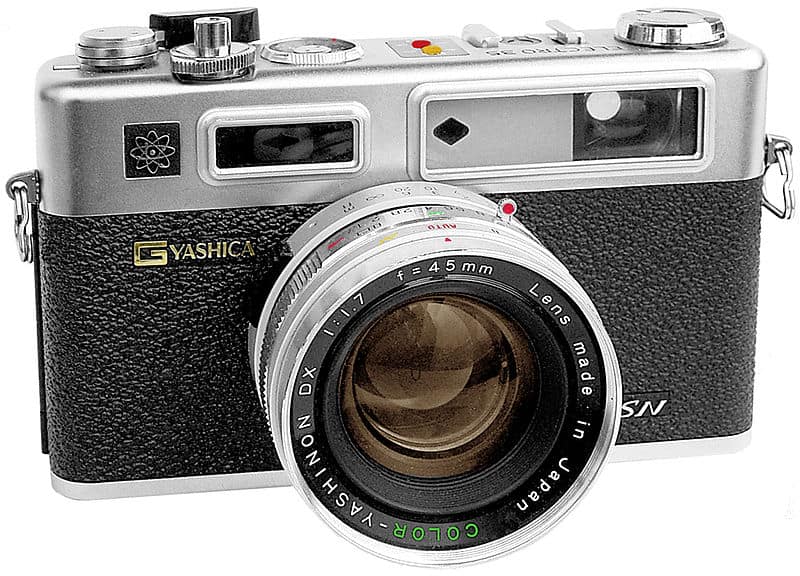
The Yashica Electro 35 GSN is famed for its electronic exposure control and excellent lens quality. Released in 1966, it was one of the first cameras to offer automated exposure settings, simplifying the photography process. Its sharp 45mm f/1.7 lens produces stunning images, making it a favorite among street photographers. Well-preserved models are prized by collectors, with prices typically between $150 and $300. The Electro 35 GSN’s innovative technology and classic design make it a timeless piece in the world of vintage cameras.
Kodak Retina IIa (1951)
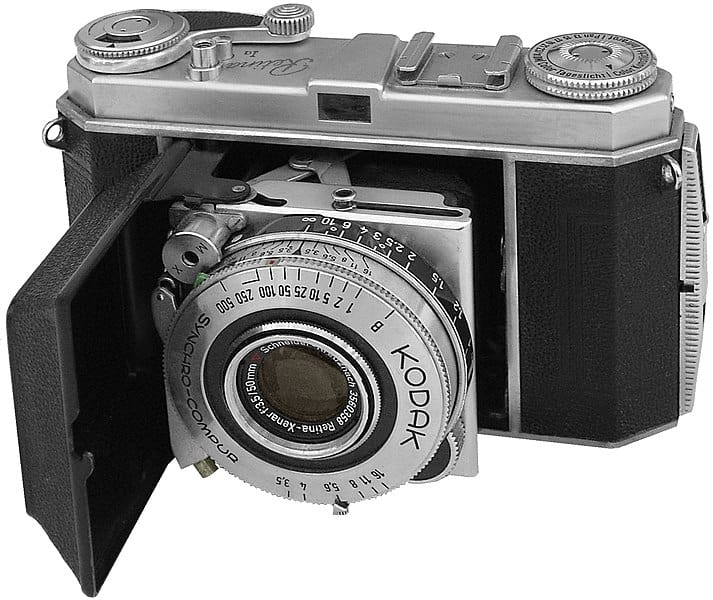
The Kodak Retina IIa is a classic folding camera known for its superb build quality and exceptional Schneider-Kreuznach lens. Introduced in 1951, it offers a compact and portable design without compromising on image quality. The Retina IIa’s precise mechanics and robust construction make it a favorite among vintage camera enthusiasts. Collectors value this camera for its historical significance and excellent performance, with prices ranging from $200 to $400. Its elegant design and reliable functionality ensure its continued admiration.
Minolta Autocord (1955)
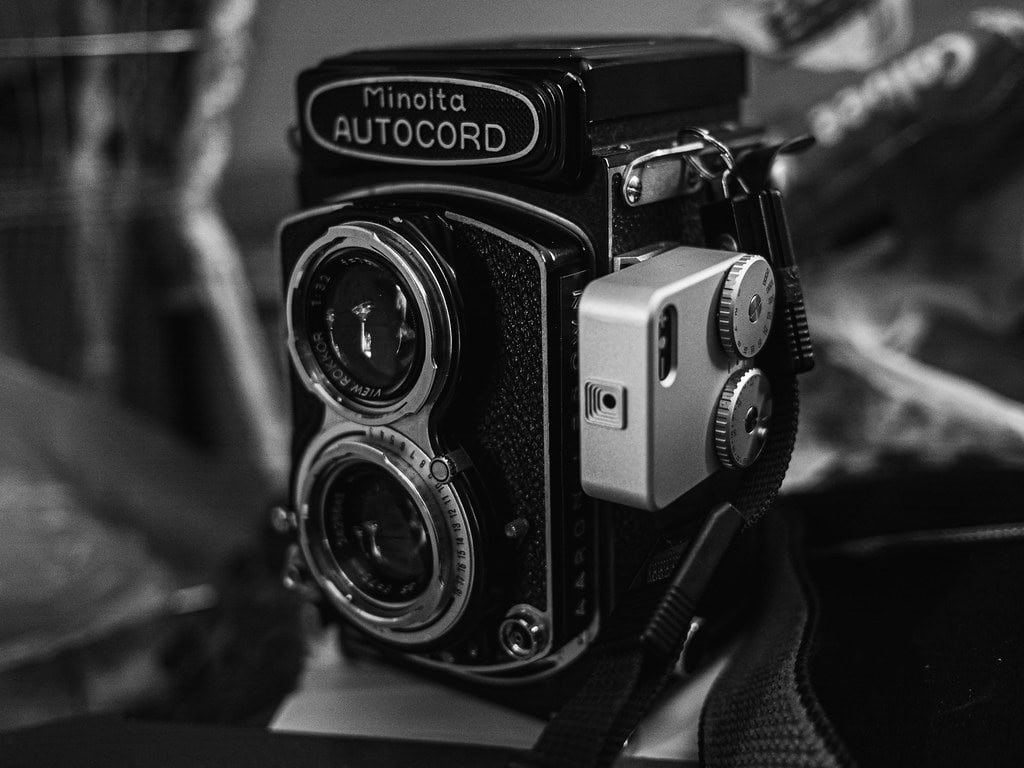
The Minolta Autocord, introduced in 1955, is a twin-lens reflex camera renowned for its exceptional image quality and ergonomic design. Its innovative focusing mechanism and high-quality lenses make it a standout choice for medium-format photography. The Autocord’s robust build and reliable performance have earned it a dedicated following among vintage camera collectors. Prices for well-maintained models range from $300 to $600, reflecting its enduring appeal. The Minolta Autocord’s reputation for excellence continues to make it a sought-after collectible.
Agfa Isolette III (1950s)
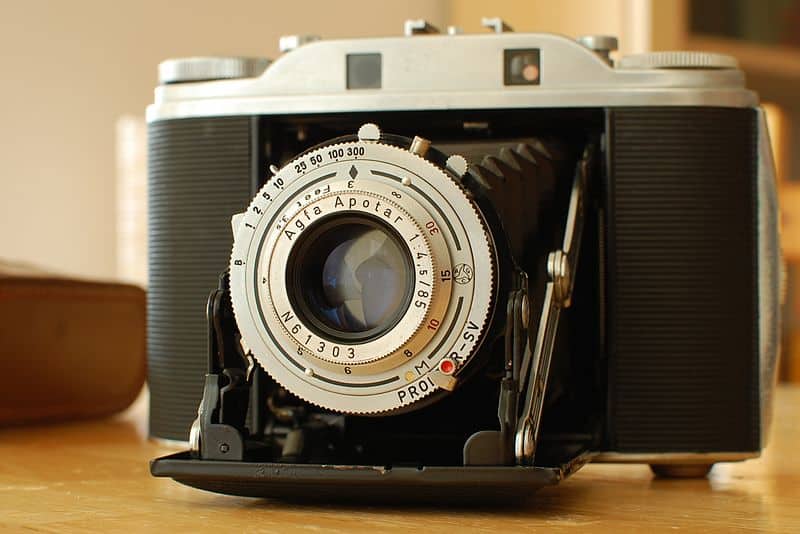
The Agfa Isolette III is a compact folding camera known for its simplicity and reliability. Produced in the 1950s, it features a sharp Agfa Apotar lens and a straightforward design that makes it easy to use. Its lightweight construction and portability make it an excellent choice for travel photography. Collectors appreciate the Isolette III for its historical value and functional design, with prices typically between $100 and $200. The Isolette III’s enduring charm lies in its practical and elegant design.
Argus C3 (1939-1966)
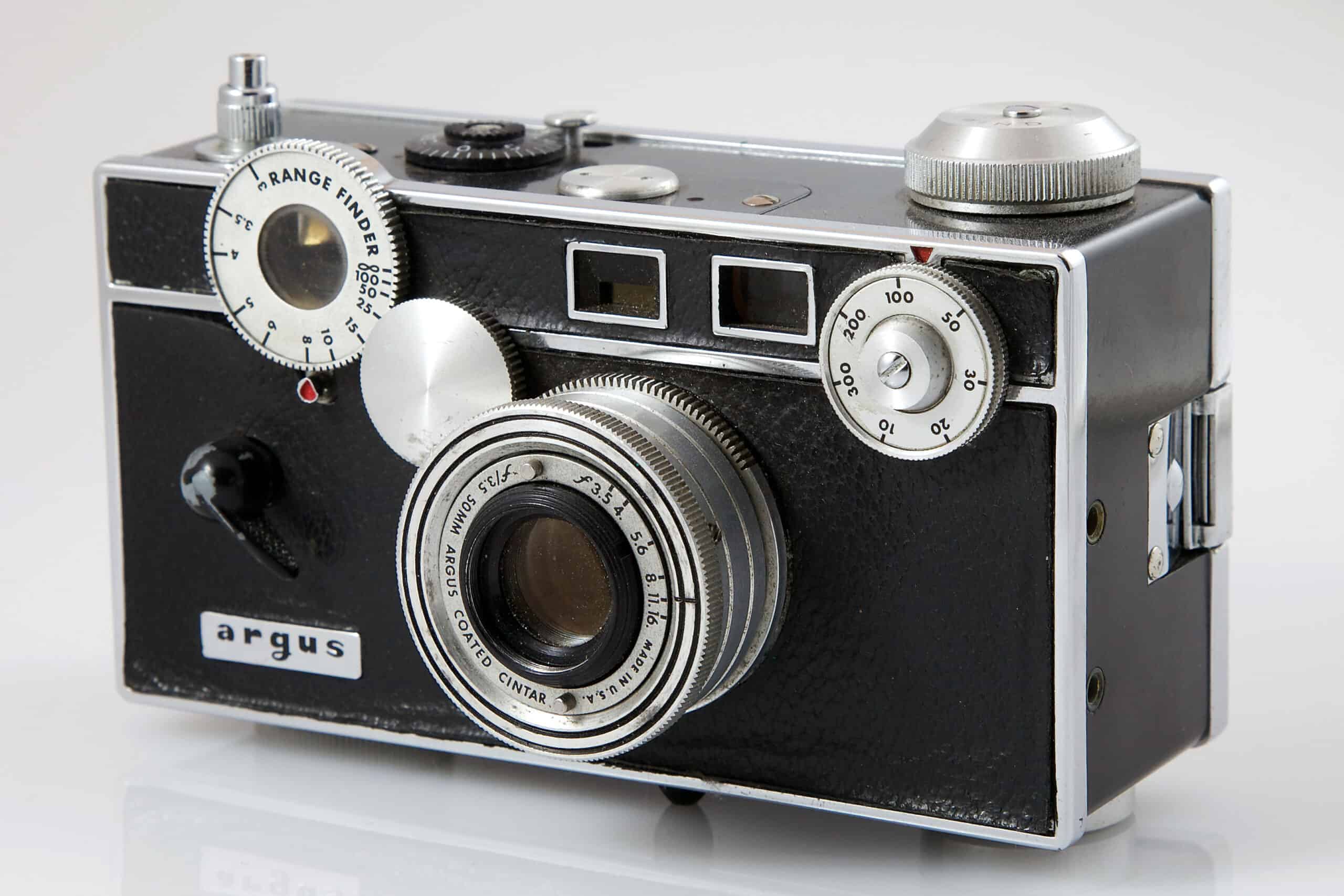
The Argus C3, affectionately known as “The Brick,” is an iconic 35mm rangefinder camera that gained immense popularity for its affordability and durability. Produced from 1939 to 1966, it features a distinctive boxy design and reliable performance. The C3’s interchangeable lenses and robust build make it a favorite among vintage camera enthusiasts. Collectors value the Argus C3 for its unique design and historical significance, with prices ranging from $50 to $150. The C3’s lasting impact on photography is evident in its continued admiration.
Graflex Speed Graphic (1912-1973)
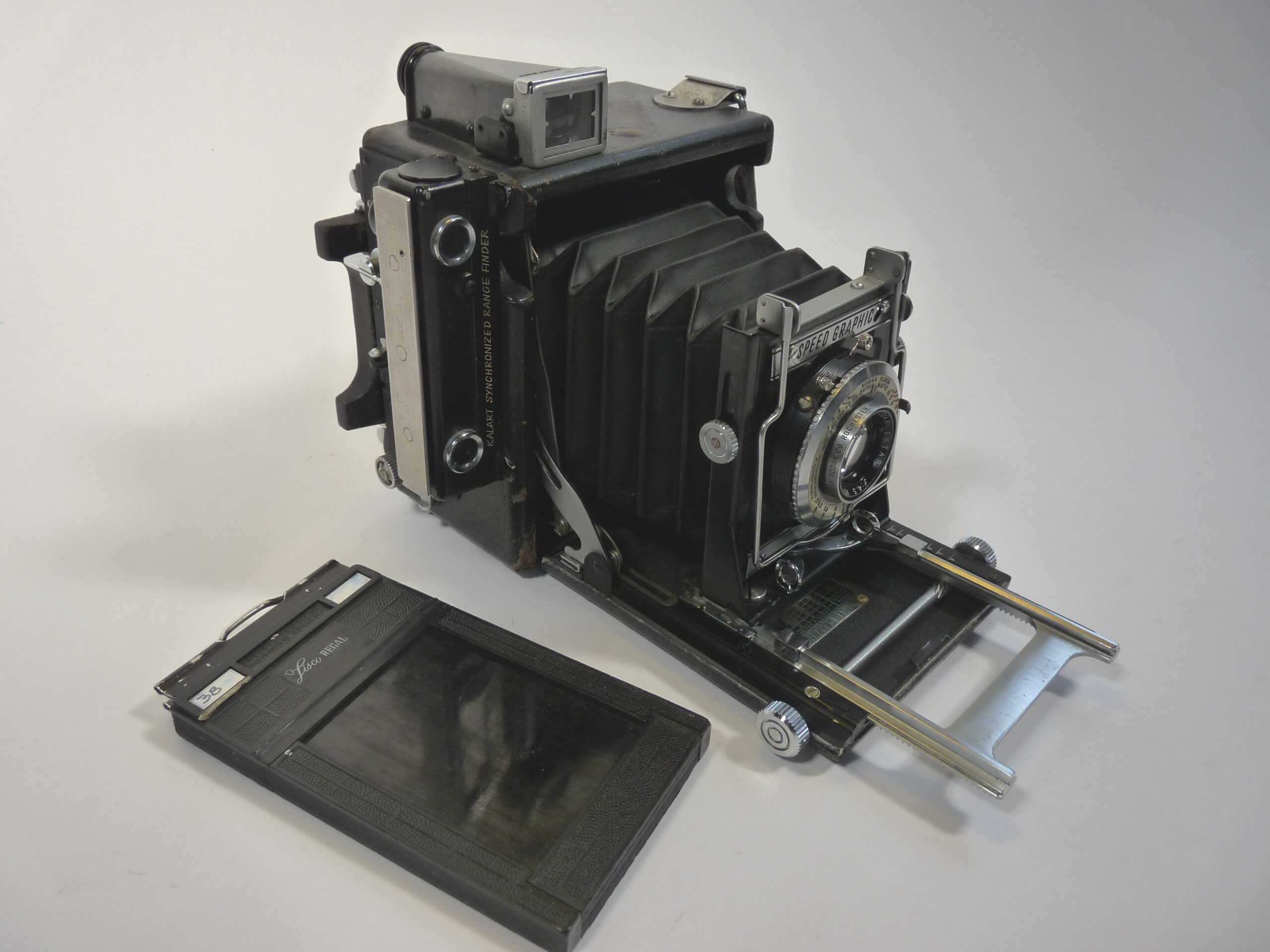
The Graflex Speed Graphic is a legendary large-format press camera that was the workhorse of photojournalists for decades. Introduced in 1912 and produced until 1973, it is known for its versatility and exceptional image quality. The Speed Graphic’s robust construction and reliable performance made it the go-to camera for capturing iconic moments in history. Collectors and historians value this camera for its historical importance and functional design, with prices ranging from $500 to $1,500. The Speed Graphic’s legacy as a photographic icon endures to this day.
This article originally appeared on Rarest.org.
More From Rarest.Org
Exploring the finest luxury mountain communities can reveal some of the most breathtaking and serene places to live. These communities offer a perfect blend of stunning natural landscapes, upscale amenities, and exclusive living experiences. Read more.
Creating a lavish home requires more than just beautiful decor; it demands high-end furniture that exudes elegance and quality. Investing in luxury furniture brands can transform your space into a sophisticated retreat. Read more.
Board games have been a beloved pastime for centuries, offering entertainment, strategy, and a glimpse into different cultures and eras. From ancient classics like Senet and Go to more recent innovations like Diplomacy and Tigris & Euphrates, each game has its own unique story and set of rules. Read more.


